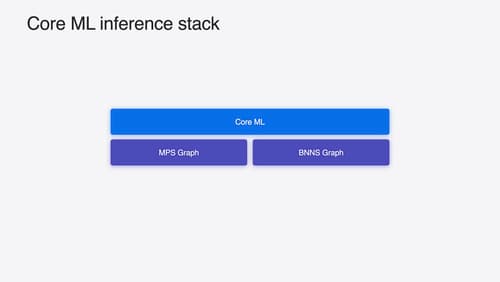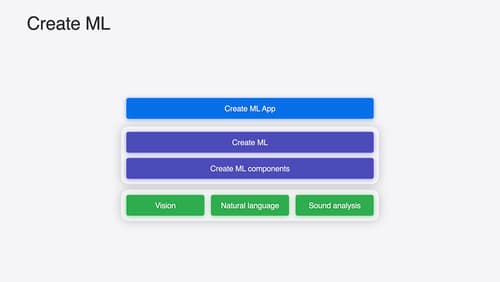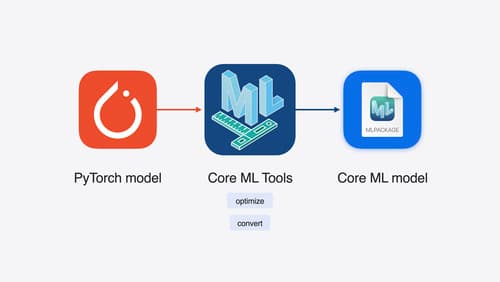how do i start ml
Asked on 2025-03-03
1 search
To start with machine learning on Apple platforms, you can use the Create ML app, which is designed to help you build and deploy machine learning models in your apps. Here's a brief guide on how to get started:
-
Explore Machine Learning on Apple Platforms: If you're new to machine learning, it's recommended to watch the session Explore machine learning on Apple platforms to get an overview of Apple's ML frameworks.
-
Use Create ML: The Create ML app is a user-friendly tool that allows you to customize machine learning models with your own data. You can start by choosing a template that aligns with your task, such as image classification or object detection. The app provides a straightforward interface to train, evaluate, and iterate on your model.
-
Training Data: The starting point for building a model is your training data. It's important to understand the nature of your annotations to ensure your model behaves as expected. You can preview your data source in the Create ML app to verify your annotations.
-
Model Deployment: Once your model is trained, you can deploy it into your app using Apple's system domain frameworks. The output of Create ML is a model that can be integrated into your app to provide machine learning capabilities.
For more detailed steps and enhancements in Create ML, you can refer to the session What’s new in Create ML.
These resources should help you get started with machine learning on Apple platforms.

Deploy machine learning and AI models on-device with Core ML
Learn new ways to optimize speed and memory performance when you convert and run machine learning and AI models through Core ML. We’ll cover new options for model representations, performance insights, execution, and model stitching which can be used together to create compelling and private on-device experiences.

What’s new in Create ML
Explore updates to Create ML, including interactive data source previews and a new template for building object tracking models for visionOS apps. We’ll also cover important framework improvements, including new time-series forecasting and classification APIs.

Bring your machine learning and AI models to Apple silicon
Learn how to optimize your machine learning and AI models to leverage the power of Apple silicon. Review model conversion workflows to prepare your models for on-device deployment. Understand model compression techniques that are compatible with Apple silicon, and at what stages in your model deployment workflow you can apply them. We’ll also explore the tradeoffs between storage size, latency, power usage and accuracy.
